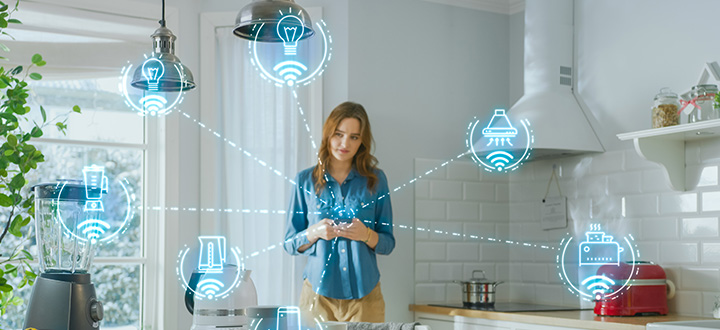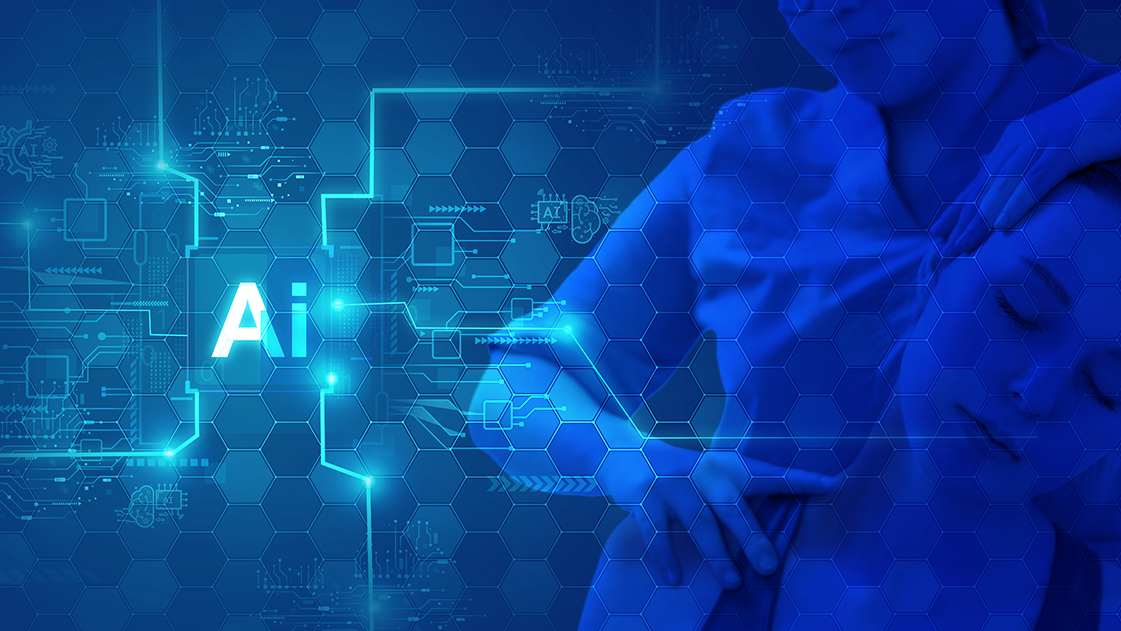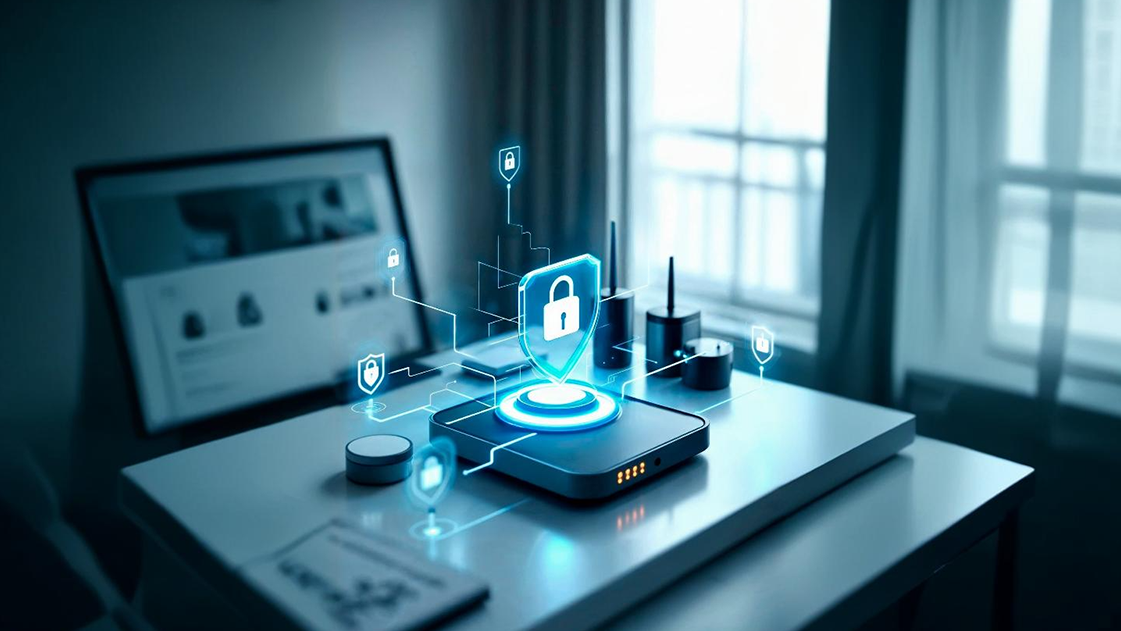
Raj Puniyani
How IoT and Edge Computing are Revolutionizing AI Operations
Understanding Edge Computing and IoT
Edge computing is a distributed computing paradigm that brings processing and data storage closer to the devices generating the data. It leverages edge devices strategically placed at the network’s edge to collect, process, and analyze real-time data. These devices communicate with other devices and systems and transmit data to a central location for further analysis or storage. On the other hand, IoT refers to a network of interconnected physical devices embedded with sensors, software, and connectivity, enabling them to exchange and share data. Various domains utilize IoT devices, including smart homes, industrial automation, and health monitoring.
Examples of Edge Computing

Smart traffic lights
Smart traffic lights use edge computing to process real-time traffic data, such as vehicle and pedestrian counts, to optimize traffic flow and reduce congestion.
Industrial automation
Edge computing is used in industrial settings to process sensor data and control automated systems, such as robotics and assembly lines.
Video surveillance
Edge computing is used in video surveillance systems to process and analyze video data in real-time, such as identifying suspicious behavior or detecting objects.
Medical devices
Edge computing is used in portable ECG machines to process and analyze patient data and transmit the results to a remote healthcare provider.
Autonomous vehicles
Edge computing is used in autonomous vehicles to process sensor data and make real-time decisions, such as navigation and obstacle avoidance.
The Synergy of Edge Computing and IoT in AI
Real-Time Analysis
IoT devices generate vast amounts of data, and edge computing enables real-time data analysis at its source. AI algorithms can rapidly analyze and respond to changing conditions by processing data locally on edge devices. This capability is invaluable for applications such as predictive maintenance, where real-time equipment performance monitoring can identify potential failures and prevent downtime.
Reduced Latency
The proximity of edge devices to data sources minimizes latency, enabling faster decision-making. In autonomous vehicles, edge computing plays a critical role by processing sensor data in real time. It allows the automobile to make instant navigation and obstacle avoidance decisions, improving safety and efficiency through reduced latency.
Enhanced Security
Edge computing provides improved security by processing data locally on edge devices. Sensitive information remains within the local network, reducing the risk of data breaches and unauthorized access. This aspect is particularly crucial for healthcare applications, where patient data privacy is paramount.
Smart Cities and Industry
In smart cities, real-time data from IoT sensors, processed at the edge, can optimize traffic flow, monitor air quality, and manage energy consumption.
The Future of IoT, Edge Computing, and AI
As IoT devices grow, the need for edge computing will become even more critical. The future holds immense potential for IoT, edge computing, and AI in various domains:
Smart Cities
IoT and edge computing will be pivotal in monitoring and controlling different aspects of urban life, including traffic, energy usage, and public safety. Real-time data analysis will lead to improved resource management and environmental sustainability.
Healthcare
IoT, edge computing, and AI will revolutionize healthcare by enabling real-time patient monitoring, remote diagnostics, and personalized treatment plans. Early detection of potential health issues can improve patient outcomes, and reduce healthcare costs.
Autonomous Vehicles
By processing sensor data in real-time and making instantaneous decisions, vehicles can navigate and respond to their surroundings with enhanced safety and efficiency.
Smart Homes
Individuals can create more energy-efficient and comfortable environments through real-time monitoring and control. From controlling lights and thermostats to managing security cameras, AI-powered systems will anticipate and respond to residents’ needs.
Conclusion
The collaboration between IoT, edge computing, and AI presents immense opportunities to revolutionize data processing across diverse applications. By harnessing the power of edge computing, we can achieve real-time analysis, reduced latency, and enhanced security. Integrating IoT and edge computing empowers us to create more efficient and responsive systems, from smart homes to industrial settings and Smart cities. As IoT and AI advance, the future holds boundless possibilities for this dynamic duo.
Related Insights

AI-Driven Pain Assessment: Leveraging Facial and Vocal Biomarkers to Transform Patient Care

On-Device AI & Edge Computing in Mobile Apps for the Healthcare Industry

How to Ensure Your Internet Searches Are Always Secure: Practical Tips for Safe Browsing in 2025

Common Attacks on File Uploads in Web Applications and How to Prevent Them

Simplifying Third-Party Authentication: A Practical Guide



